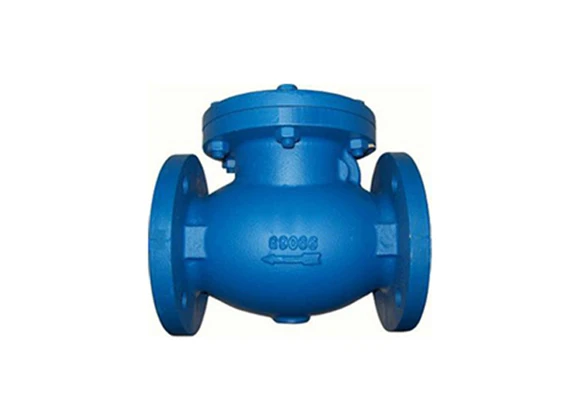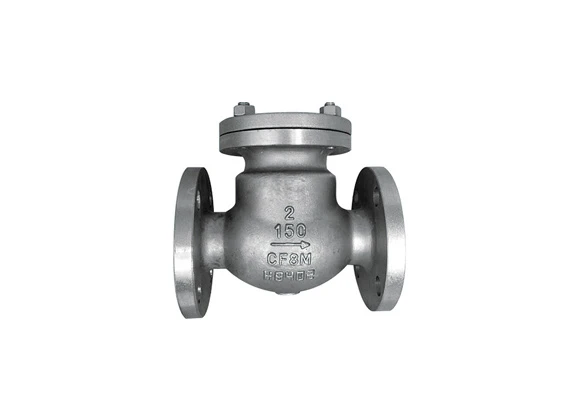Feb . 12, 2025 19:59
In the realm of industrial valve systems, finding the right type suitable for your application can dramatically influence both the operational efficiency and safety of your processes. Two popular mentions in the field are lug-style and wafer-style butterfly valves. Understanding their differences and appropriate applications is pivotal for ensuring optimal performance.

Lug and wafer valves are subsets of butterfly valves, which are designed for quick rotation and control of flow in a pipeline. They share similarities in construction but differ in their mounting methods, which largely impacts their application capabilities.
At the forefront, lug-style butterfly valves are designed with threaded inserts (or lugs) around the entire periphery of the valve body. This construction feature allows them to be bolted directly into a flanged pipe system utilizing bolts to secure the valve to both flanges. One of the main advantages of lug-style valves is their ability to provide a reliable sealing mechanism even if downstream piping needs to be removed for maintenance. This feature makes them highly desirable in applications requiring isolation of pipe segments and easy maintenance, such as in large pipelines carrying hazardous fluids, where safety and reliability are paramount.

Conversely,
wafer-style butterfly valves are typically sandwiched between two pipe flanges. Unlike the lug style, they lack the individual bolt holes and instead rely on the tension from the bolts passing through the pipe flanges to maintain secure positioning. Wafer valves are generally cheaper and less labor-intensive to install owing to their simpler design and the reduced number of bolts needed. However, this style does not permit disconnection of downstream segments without interruption of the entire line, posing a disadvantage in applications where maintenance accessibility is crucial. Despite this, wafer valves are ideal for applications where space is limited and where fluid characteristics are less demanding, through their lighter weight and compact design significantly ease installation and handling.
lug valve vs wafer
In essence, the choice between a lug and a wafer butterfly valve should be guided by certain critical operational criteria the nature of the media flowing through the system, the maintenance frequency of the pipeline, and space constraints. Lug-style valves are the preferred choice in systems demanding higher resilience, safety, and the capability to segmentally isolate the piping, proving beneficial in industries such as chemical processing and petroleum, where long-term durability and failure prevention are significant concerns. Meanwhile, wafer-style valves serve well in less demanding environments, lesser corrosive applications, or where initial investment costs need to be minimized without compromising on basic efficiency and functionality.
When selecting between lug and wafer valves, it's crucial to factor in the expertise of experience-based insights and valuations, taking heed from trusted industrial consultants and manufacturers who can provide in-depth knowledge and customized solutions. Leveraging expert counsel ensures the chosen valve type duly aligns with the requisite operational demands and regulatory requirements, establishing a balance between cost efficiency and enhanced safety measures.
Thus, when faced with the choice of lug versus wafer-style butterfly valves, a comprehensive evaluation incorporating both technical specifications and practical experience is indispensable. By prioritizing these facets, industries can enhance their operational sustainability and reliability thereby fortifying their industrial processes against unforeseen disruptions and upkeep challenges.


 Call us on:
+86-311-86935302
+86-311-86935302
Call us on:
+86-311-86935302
+86-311-86935302
 Email Us:
info@thriveonvalve.com
Email Us:
info@thriveonvalve.com South of Huanmadian Village Town, Ningjin County, Xingtai, Hebei Province, China
South of Huanmadian Village Town, Ningjin County, Xingtai, Hebei Province, China